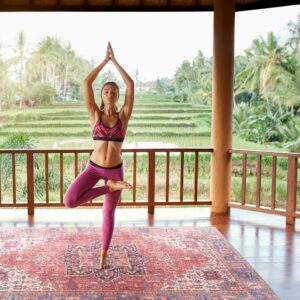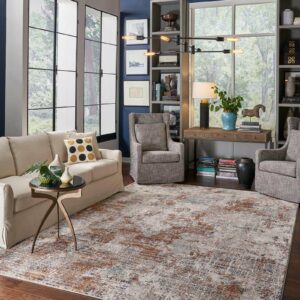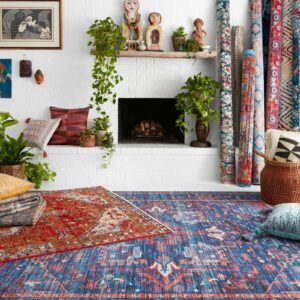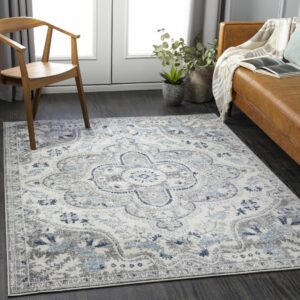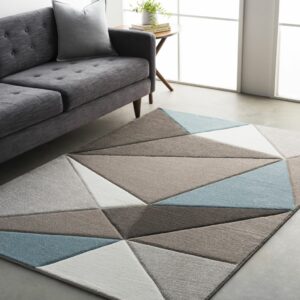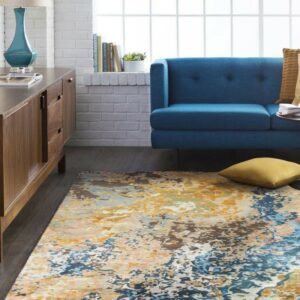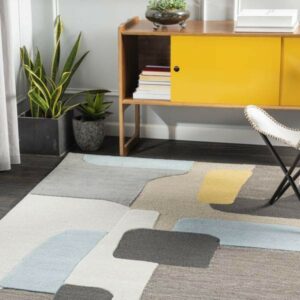Area Rugs inspiration gallery
As you explore new looks and ideas for your stylish interiors, make sure to look at some of these incredible examples of how area rugs can enhance your home.
Area Rug Pads
Every area rug needs a good rug pad! Learn more about rug pads and see why they're beneficial for your rugs and your hard surface flooring alike.
Area Rug Care Tips
While area rugs are easy to care for, there are a few things to keep in mind if you want your rug to look beautiful for years to come.

